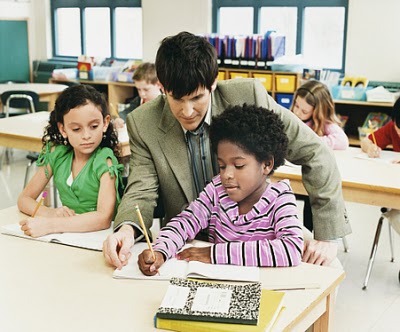A positive feedback means that feedback should be balanced, focused and helpful with a comment on positive aspects of a learner's work as well as areas students needs to improve; focused so that the learner knows exactly what the good points are and what the problems are; It is helpful, so the learner knows what the steps to make to improve it.
Besides, writen or oral feedback can be given to learners after formal assessment in adition to a mark or grade.
As a conclusion,feedback should include guidance on how students can improve their work for the next time.
For more information click on these links
http://www.mindtools.com/pages/article/newTMM_98.htm
https://www.cabrillo.edu/services/jobs/pdfs/giving-feedback.pdf
http://www.faculty.londondeanery.ac.uk/e-learning/feedback/giving-feedback






















